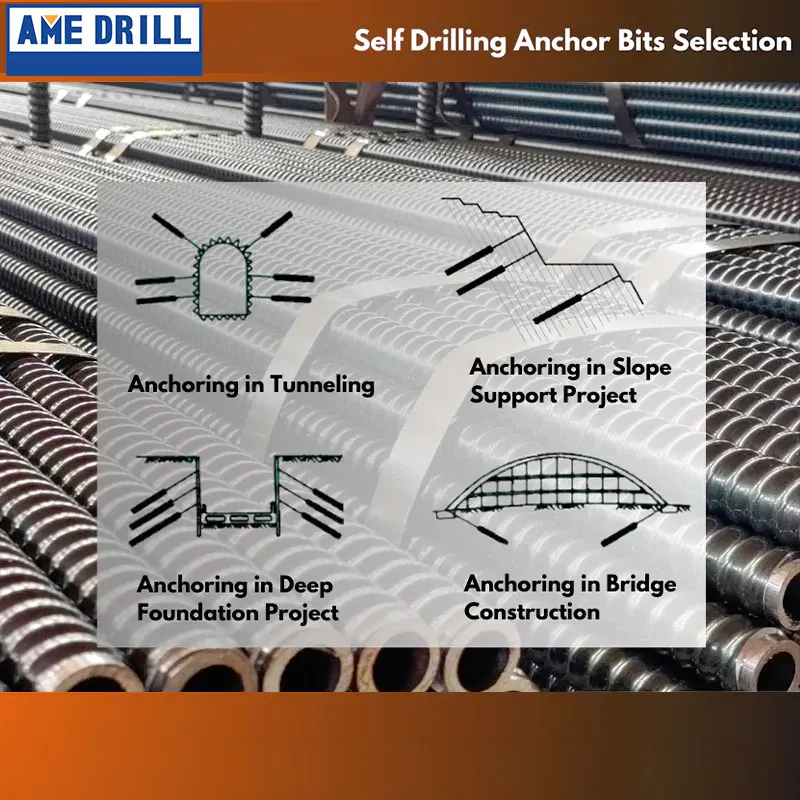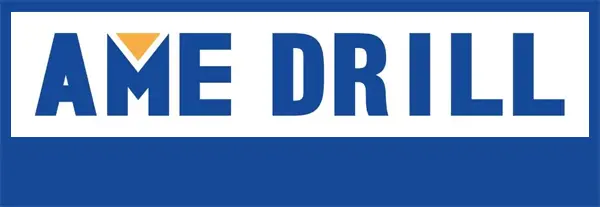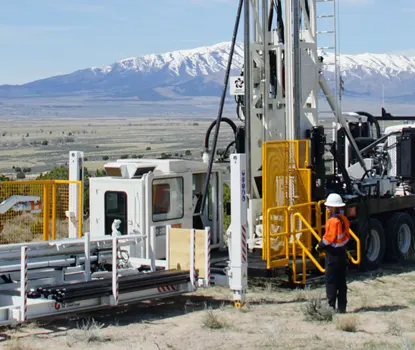The anchoring technology is a method of fixing one end of a tensile rod in the rock or soil layer of a slope or foundation and connecting the other end to the structural building to withstand thrusts imposed by soil pressure, water pressure, or wind pressure, thereby using the anchorage force at the base to maintain the stability of the building or geotechnical layers.
1. Early Applications of the Anchoring Technology
In 19th century, anchoring technology patents were first applied and developed abroad. Since 1872, when a surface shale mine in North Wales, UK, first used rock bolts to reinforce slopes, rock bolting has gradually been promoted. The United States began using rock bolts to support mine tunnels in 1911. In 1912, the Scherz mine in Germany was the first to use rock bolts to support underground tunnels. In 1934, during the second phase of the heightening project of the Chervas Dam in Algeria, prestressed rock bolts with a load capacity of 10,000 kN were used for the first time to maintain the stability of the rear dam body. This was the first successful use of tightening anchor bolts to reinforce a dam body in the world, and subsequently, prestressed rock bolts were widely used in dam reinforcement.

2. Promotion and Technological Innovation in Anchoring
From the 1950s to the 1970s, the application of anchoring technology rapidly expanded. In 1957, the Bauer Company of the former Federal Republic of Germany used soil anchors in the deep foundation pit of the Bavarian Broadcasting Corporation in Munich. At this time, rock bolts had become an important means of controlling construction safety in underground excavation projects in Germany, Austria, and other countries. In the 1960s, countries such as Czechoslovakia and Germany adopted a combination of high-prestressed long anchor bolts and low-prestressed short anchor bolts in large underground cavern projects. In 1974, the New York World Trade Center deep excavation project used anchoring core technology, with 6 rows of anchor bolts pulled back at an inclination angle of 45° and a working load of 3,000 kN. Subsequently, countries such as Switzerland, the Czech Republic, the United Kingdom, the United States, Brazil, Australia, and Japan widely adopted rock bolt support to maintain slope stability. In the 1980s, the UK, Japan, and other countries developed new technologies for single-hole composite anchoring, which improved the force transmission mechanism of rock bolts and increased their load capacity and durability. In 1987, the UK introduced a complete set of rock bolt support technology from Australia, and coal roadway rock bolt support developed rapidly.
3. Further Advancements in Anchoring Technology
After the 1990s, theoretical research, technological innovation, and engineering applications of geotechnical anchoring further advanced and improved. Theoretical studies mainly focused on the load transfer mechanisms of strata anchoring and the adhesion and distribution between different types of grouted rock bolts, the grout, and the strata. This period witnessed especially active international discussions and exchanges on rock bolt technologies. Between 1995 and 1997, international symposiums focusing on strata anchoring and anchorage structures were held in Austria, Canada, and the UK, respectively, significantly promoting the development of anchoring technology.
With continuous scientific and technological progress and the accumulation of practical engineering experience, anchoring technology is constantly being innovated and developed. In the future, anchoring technology will focus more on environmental protection, efficiency, and intelligence. Filled with innovation and practical application, anchoring technology will continue to play a significant role in the construction projects of humanity.


